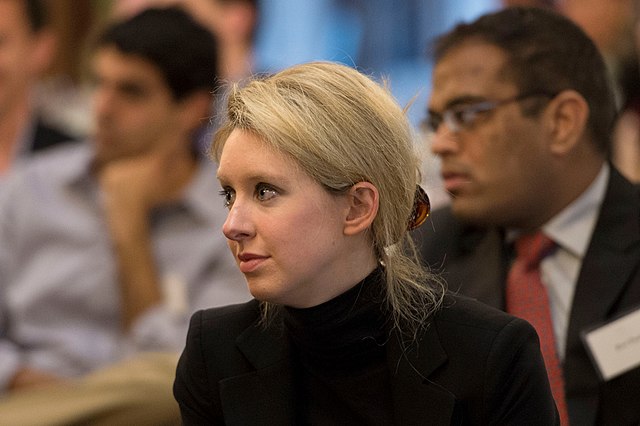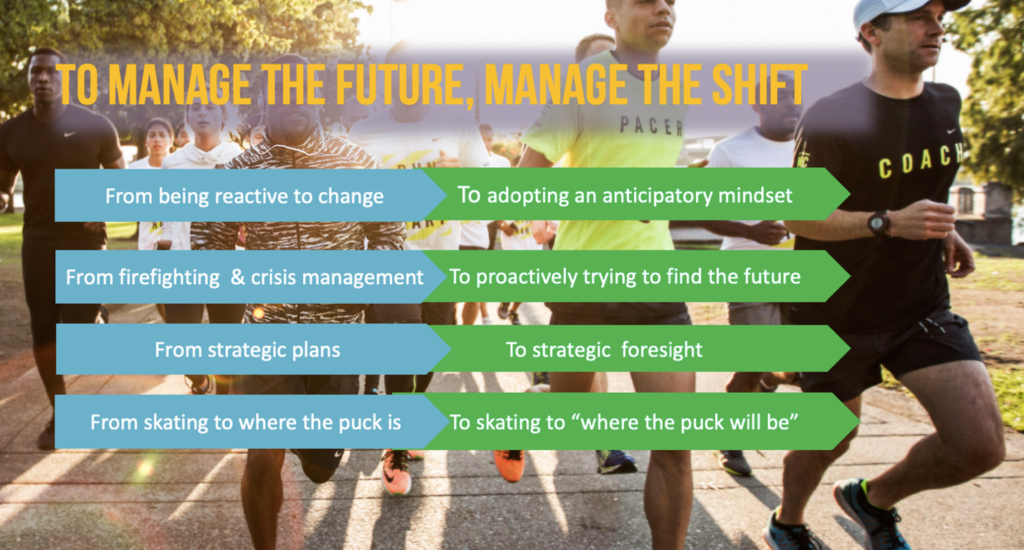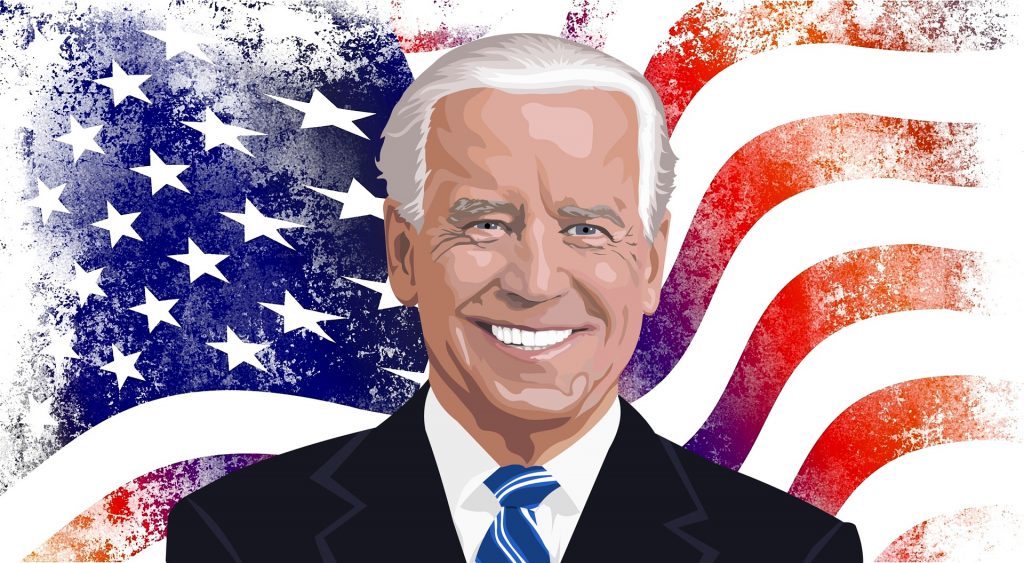How Preparing to Climb Mt. Everest Can Help You
GUEST POST from Robert B. Tucker
The phone rang in geologist Doug Burbank’s office at the University of Southern California. A climbing buddy was calling to ask if he wanted to join an expedition that was shortly to climb Everest. Impulsively, even though he had a full teaching schedule, a wife, and two young daughters, Doug said, “Count me in.”
What Doug did next to prepare for the adventure of a lifetime will amaze you. It’s a story I’ll share at the Pacific Coast Futures Retreat on May 2nd, in Santa Barbara, and it will help you deal with the uncertainty and volatility of the Age of Acceleration and constant disruption just ahead.
Doug realized that, living in Los Angeles, frost is rare. His body was not ready. He began researching the question: “How do I prepare my body to live in subzero temperatures day after day?” Add to this challenge the fact that Doug suffers from acrophobia – fear of heights. He needed to mitigate this potentially immobilizing condition – and fast! Doug’s innovative solutions will surprise you (e.g. “Put your hands in a bucket of ice water for ten minutes a day for two weeks to acclimate the body,” etc.).
Doug Burbank’s strategies have great relevance to the Everest before all of us: how to prepare for a world where the rate of change is increasingly exponential and never before experienced in human history?
In virtually every realm of our lives, the forecast is one of increased volatility and uncertainty. From energy to A.I. to unbridled technology. From medical breakthroughs to social media, to the rapidly warming climate. These forces will disrupt millions who are not prepared. They will create new winners and losers. They will influence markets. They will drive consumer and voter and social behavior. And they will challenge us as never before to look and think ahead of the curve, to mine the lessons of history, to unleash human agency and vision to shape the future we want rather than the one we inherit by default.
Over the next ten years, there will be more change than over the past 100 years. The divide will grow between those who “get it” and those who don’t. Between those who watch changes envelop them and toss them around and those who take calculated risks to create their own reality.
My friend Doug Burbank knows the secrets of how to adapt to new environments and come out alive. The Pacific Coast Futures Retreat will be a day of learning and discussion about the overdrive future. At this powerful, one-day gathering of forward thinkers from the world of business, academia, government, and the non-profit sector, the focus will be on understanding and mapping the emerging terrain. We will master the necessary “navigational skills” that will alert us to threats and unleash the creativity to discover and seize the opportunities that change brings about.
If you want to develop new navigational mindsets that will enable you to thrive and prosper no matter what shape the future takes, and if you seek to become indispensable to your organization, family, community and to play an outsized role in shaping the future for the common good, please join us by registering here.
Image credits: Robert B. Tucker, Doug Burbank
![]() Sign up here to join 17,000+ leaders getting Human-Centered Change & Innovation Weekly delivered to their inbox every week.
Sign up here to join 17,000+ leaders getting Human-Centered Change & Innovation Weekly delivered to their inbox every week.





